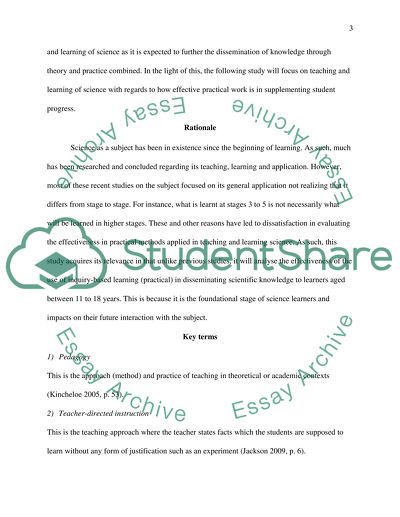Cite this document
(“A Review of Practical Work in Science lessons: How effective is it at Essay”, n.d.)
Retrieved from https://studentshare.org/education/1692092-a-review-of-practical-work-in-science-lessons-how-effective-is-it-at-achieving-its-aims
Retrieved from https://studentshare.org/education/1692092-a-review-of-practical-work-in-science-lessons-how-effective-is-it-at-achieving-its-aims
(A Review of Practical Work in Science Lessons: How Effective Is It at Essay)
https://studentshare.org/education/1692092-a-review-of-practical-work-in-science-lessons-how-effective-is-it-at-achieving-its-aims.
https://studentshare.org/education/1692092-a-review-of-practical-work-in-science-lessons-how-effective-is-it-at-achieving-its-aims.
“A Review of Practical Work in Science Lessons: How Effective Is It at Essay”, n.d. https://studentshare.org/education/1692092-a-review-of-practical-work-in-science-lessons-how-effective-is-it-at-achieving-its-aims.


